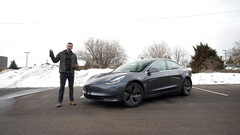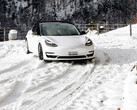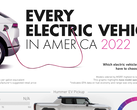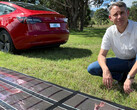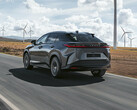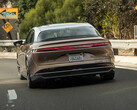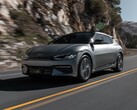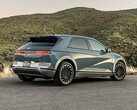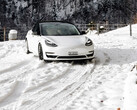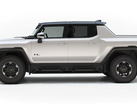Surprised by the excessive range underperformance of electric vehicles in cold water, Chinese regulators recently undertook a coordination effort between them, EV makers, and battery scientists to try and solve the issue. They are not alone in these observations, so Car and Driver took a Tesla Model 3 to a long-term test that spanned two years and 50,000 miles driven in various seasons and weather conditions.
Needless to say, the two-year test confirmed the same thing that regulators had noticed - electric cars don't offer anything near to the manufacturer's promised range. They couldn't hit even the stringent EPA range estimates used in the US under the best of conditions.
The 2019 Tesla Model 3 Long Range fared worst in the cold February of 2021, when they averaged the paltry 55 MPGe, about 50% shorter range than during the best month of August 2020 when the Tesla managed to hit 107 MPGe around Michigan at 79 degrees (26 Celsius) on average.
At 85 MPGe when all was said and done for the duration of the test, the real-life endurance of the Model 3 was way lower than the EPA's 130+ MPGe combined range estimates. Charging costs also varied widely - from US$12 at home, to US$32 at Tesla's Superchargers - yet they managed to clock 3500 miles per month on average, "a testament to Tesla's leadership in DC fast charging."
When it comes to reliability, the Tesla did well on the overall mechanical front, save for a US$2500 rear-motor assembly that had to be swapped under warranty. There were other costly replacements, though, like a new US$1200 glass roof, or a US$1100 windshield replacement due to stone chips, as spare parts and repair shops for Teslas are few and far between. Tesla's Model 3 tires also lasted just 30,000 miles, as they have less tread depth than the stock version of its Michelin Primacy MXM4 tires.




